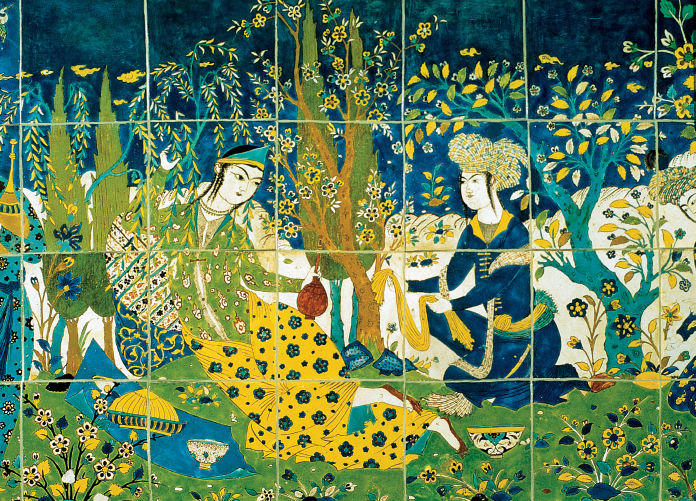Understanding World Societies:
Printed Page 495
City and Palace Building
In all three empires strong rulers built capital cities and imperial palaces as visible expressions of dynastic majesty. Suleiman “the Magnificent” used his fabulous wealth to adorn Istanbul with palaces, mosques, schools, and libraries, and the city reached about a million in population. The building of hospitals, roads, and bridges and the reconstruction of the water systems of the great pilgrimage sites at Mecca and Jerusalem benefited his subjects. Safavid Persia and Mughal India produced rulers with similar ambitions.
The greatest builder under the Ottomans was Mimar Sinan (1491–
Shah Abbas made his capital, Isfahan, the jewel of the Safavid Empire. He had his architects place a polo ground in the center and surrounded it with palaces, mosques, and bazaars. A city of perhaps 750,000 people, Isfahan also contained 162 mosques, 48 schools, 273 public baths, and the vast imperial palace. Private houses had their own garden courts, and public gardens, pools, and parks adorned the wide streets.

The embellishment of Isfahan under Shah Abbas I created an unprecedented need for tiles, as had the rebuilding of imperial Istanbul after 1453, the vast building program of Suleiman the Magnificent, and a huge European demand. Persian potters learned their skills from the Chinese. By the late sixteenth century Italian and Austrian potters had imitated the Persian and Ottoman tile makers. (Eileen Tweedy/Victoria & Albert Museum, London, UK/The Art Archive at Art Resource, NY)
Akbar in India was also a great builder. The birth of a long-
Of Akbar’s successors, Shah Jahan had the most sophisticated interest in architecture. Because his capital at Agra was cramped, in 1639 he decided to found a new capital city at Delhi. In the design and layout of the buildings, Persian ideas predominated. The walled palace-
Shah Jahan’s most enduring monument is the Taj Mahal. Between 1631 and 1648 twenty thousand workers toiled over the construction of this memorial in Agra to Shah Jahan’s favorite wife, who died giving birth to their fifteenth child. One of the most beautiful structures in the world, the Taj Mahal is both an expression of love and a superb architectural blending of Islamic and Indian culture.